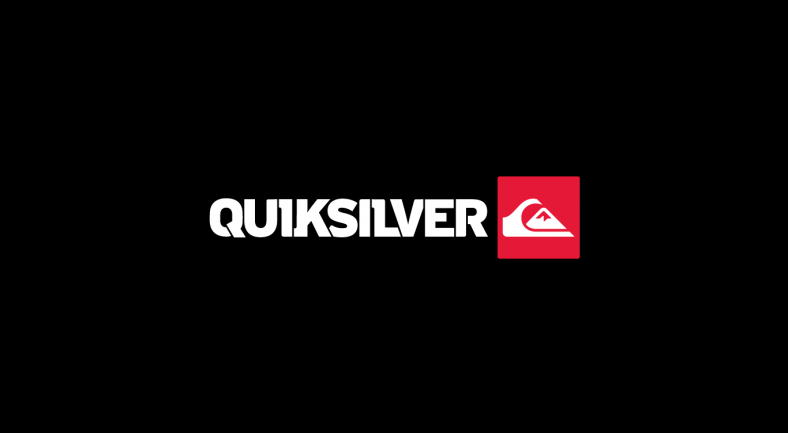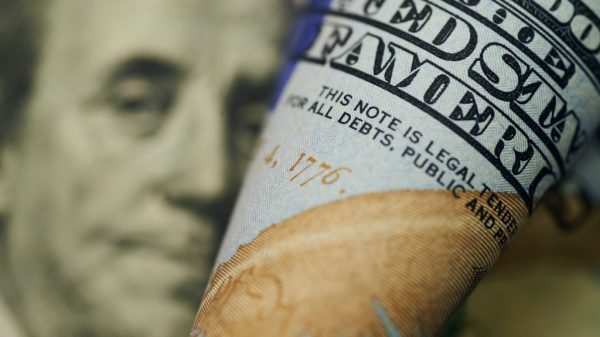Quicksilver was cool, but surf brands have suffered
In the mid to late 90s, the epitome of cool was surf wear: flip flops, puka shell necklaces, and boardshorts. It didn’t matter if you were a kid from the Midwest who had never seen the ocean, if you rocked beach-themed clothing as part of your regular wardrobe, your social identity was basically set – you were laid-back and in style. But not long after after Britney and Justin broke up, teens lost interest in California culture clothing, and surf brands suffered.
Billabong, for example, has struggled to keep its head above water in the last five years (pun intended), and last Wednesday, the formerly popular brand Quiksilver filed for Chapter 11 bankruptcy.
![]()
Quiksilver’s CEO, Pierre Agnes, said in a release, “After careful consideration, we have taken this difficult but necessary step to secure a bright future for Quiksilver.” According to Agnes, the bankruptcy plan is a “difficult but necessary step” that will help complete a turnaround of the company’s U.S. business.
Unfortunately, Quiksilver is in need of a turnaround for multiple reasons
The brand didn’t just suffer from irrelevance after the early 2000’s: it also took a hit during the recession, and made some missteps, including opening too many stores and geographically spreading out its operations, causing backups and delays on the West Coast.
Then, one of the brand’s most prominent sponsors, surfing world champ Kelly Slater, ended his relationship with Quiksilver to start his own line of clothing. Additionally, cheaper brands like H&M and Forever 21 have swelled (again, pun intended) in popularity in the last decade, and “fast fashion” has elbowed out other clothing companies in the teen market.
Quicksilver will restructure and close 27 stores
As part of the bankruptcy plan, Quiksilver will receive about $175 million in financing from affiliates of Oaktree Capital Management and Bank of America to operate during the bankruptcy. Oaktree, which owns 73% of the company’s senior debt, will convert its debt to equity, taking a majority ownership stake. The firm’s Asia-Pacific and European business units are not part of the bankruptcy filing.
Quiksilver will close 27 stores in the U.S., with the plans of restructuring the company in order to stay relevant. And while the brand is not likely to return to its broad-based appeal, the fashion market is constantly revolving–the 90’s are in actually back in style. So perhaps, along with plaid shirts and combat boots, puka shells and nostalgic surf shirts will make their way back into the wardrobes of cool teens everywhere.
#Quicksilver
Amy Orazio received her MFA in Creative Writing at Otis College of Art and Design, in Los Angeles. She lives in Portland now, where she is enjoying the cross section of finishing her poetry manuscript and writing for The American Genius.













































Oliver G.
September 24, 2015 at 1:31 pm
It’s not just surf brands it’s the entire industry. Parasuco, Mexx, Jacob, Laura, Bootlegger, Wet Seal and the list goes on all closed stores or went bankrupt. Macy’s and GAP closed a ton of stores. Kanati Clothing Company drastically scaled back its operations. Forever 21 is seeking outside investors for the first time ever. Even luxury retailers like Holt Renfrew are closing stores. E-commerce giants like Karmaloop went bankrupt. Tillys and Zumiez stock is way down and the largest manufacturer in the US, American Apparel is expected to fall into bankruptcy shortly. I’d say we are seeing a bigger trend of consumers with no cash in their pocket wanting the $5 deal rather than actually paying.